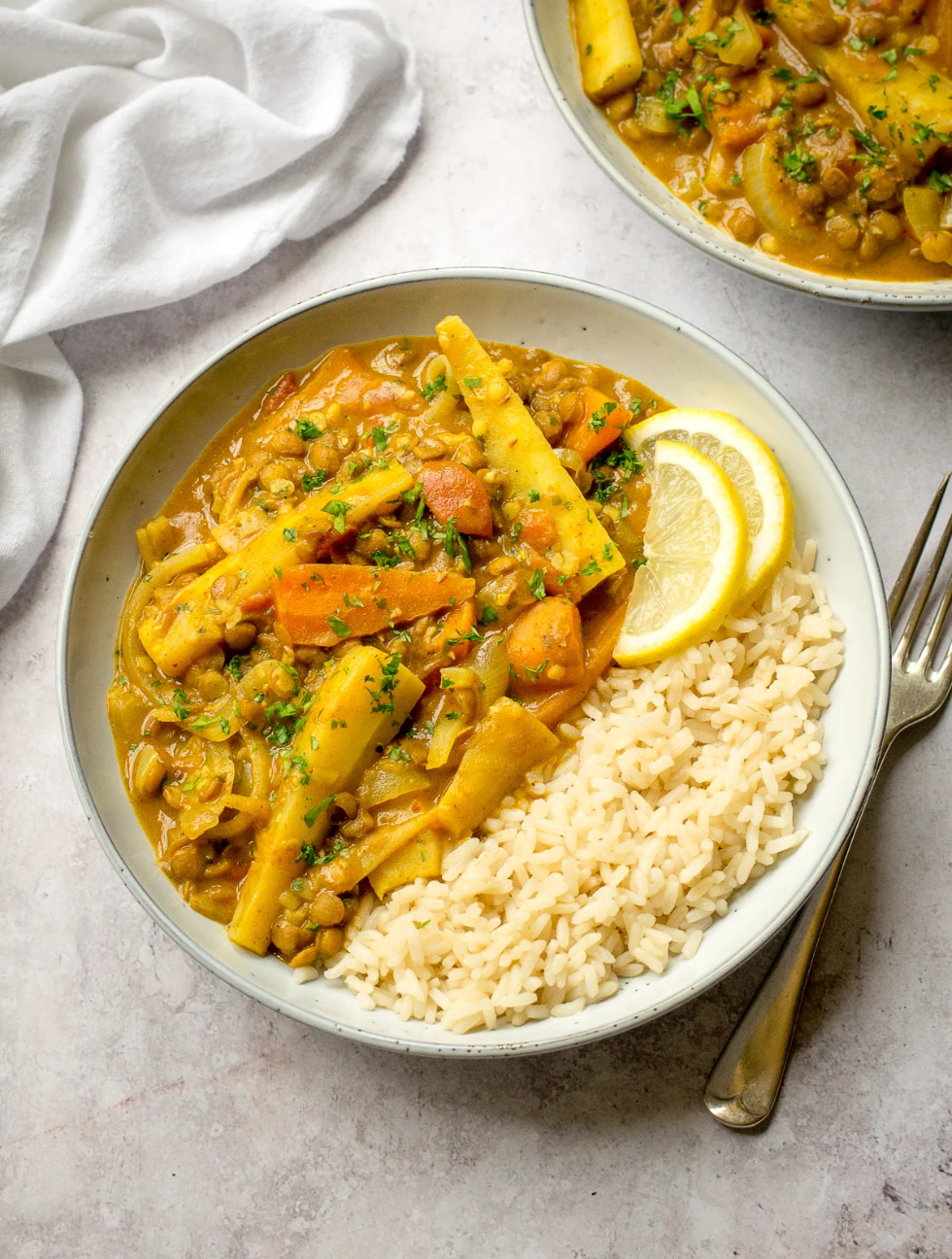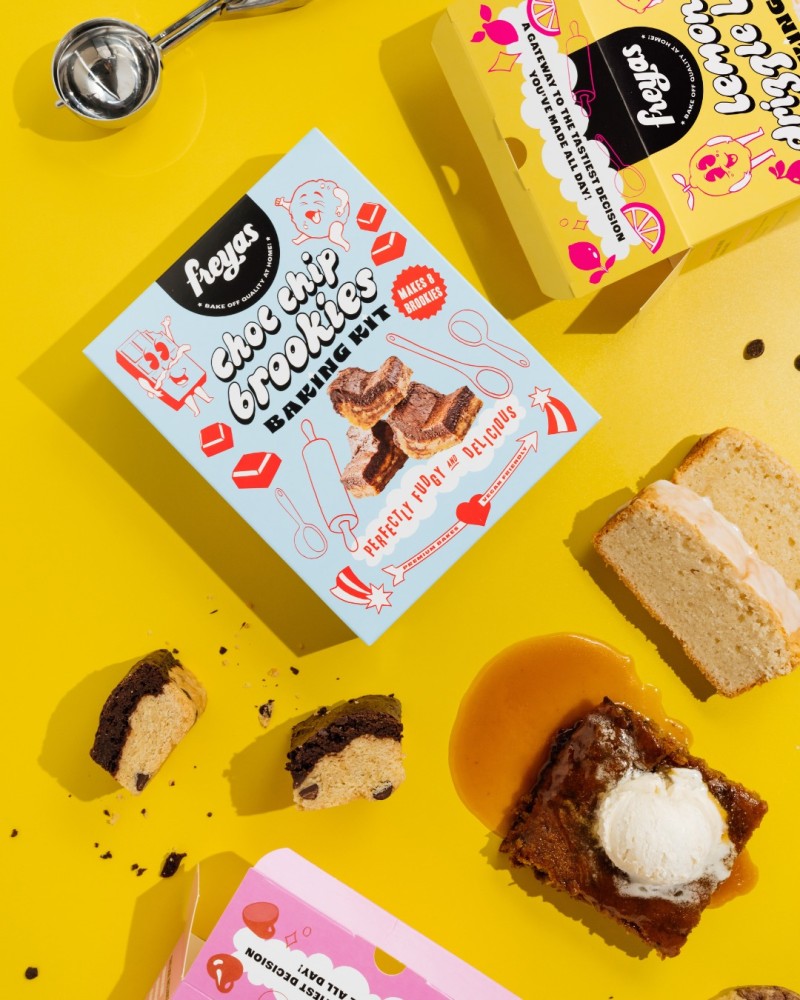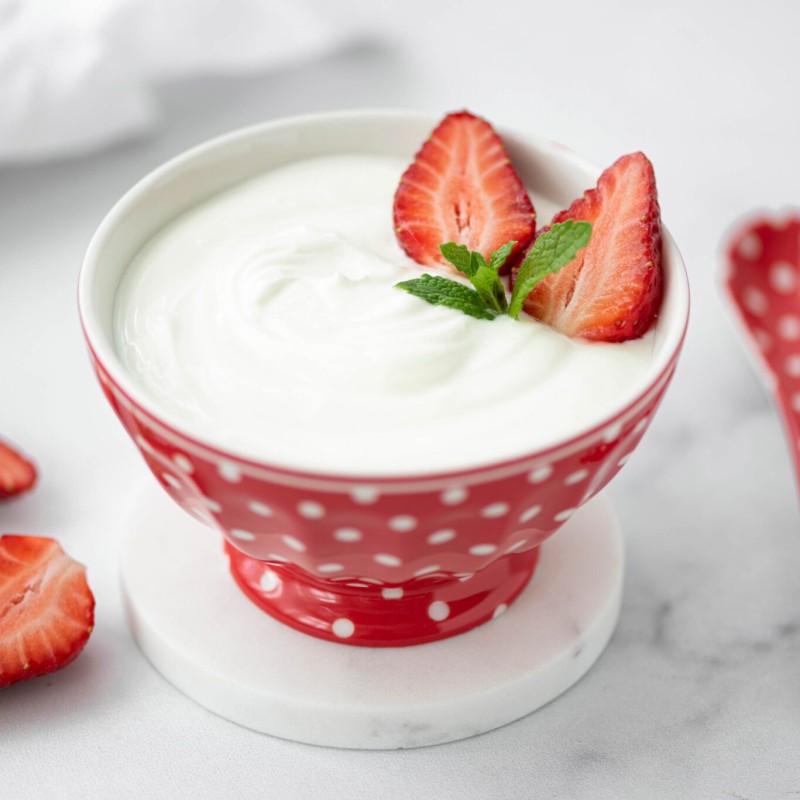A Slice of Vegan Victoria Sponge Cake
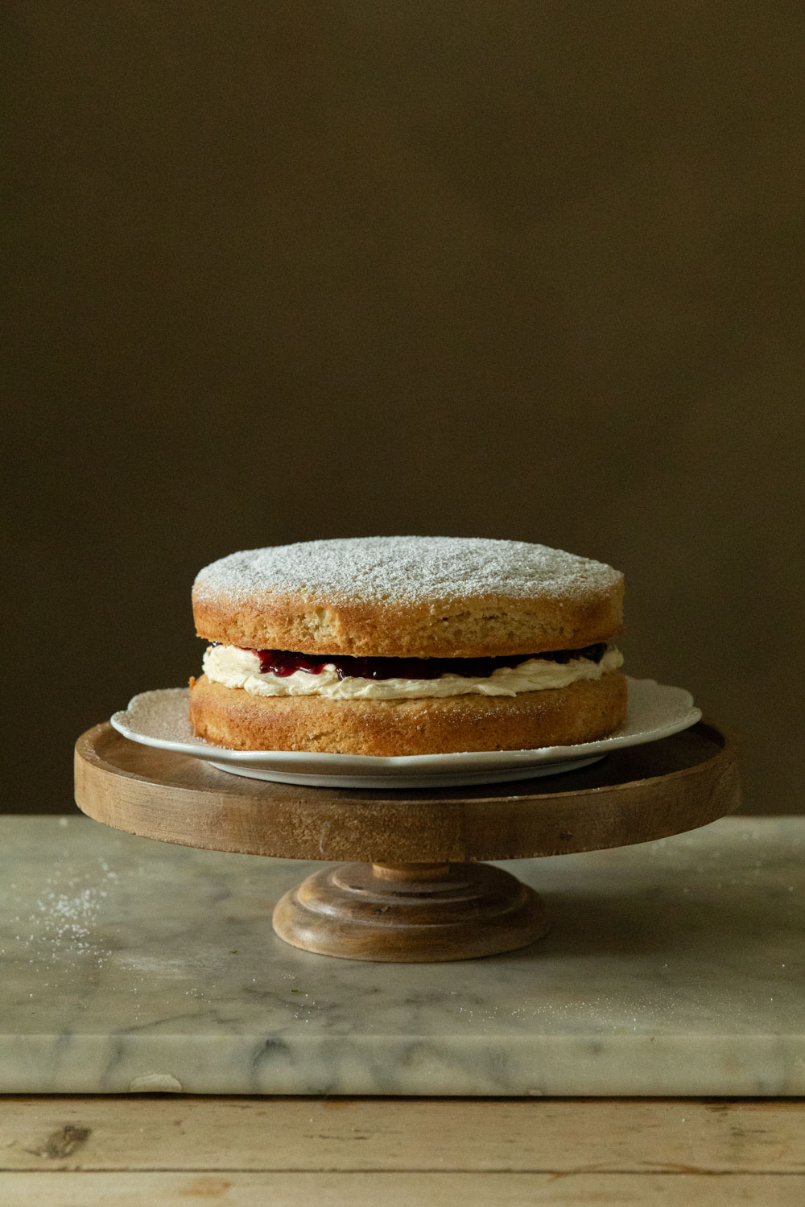
A Victoria Sponge is a British classic, named for Queen Victoria and her love of cake with afternoon tea, served at her summerhouse on Isle of Wight. That simple sandwich of soft sponge and sweet jam has stood the test of time. But it’s perfectly possible to make healthier, kinder and tastier plant-based versions. It’s always best to make your own (even M & S’s plant-based Victoria sponge has palm oil).
Before cooking, read up on food safety for people & pets.
If you make your own jam, you’ll have to sterilise the jars:
Put jars, lids and rubber seals on hot dishwasher cycle (fill with hot water, while warm). Or wash in hot soapy water, and ‘cook’ in pre-heated oven (to 160 degrees C) for 15 minutes (again fill with hot water, while still warm).
Gather Your Vegan Ingredients
There are plenty of recipes online for vegan Victoria sponge. This is one of the simplest cake recipes, as you’re making a classic sponge (Flora vegan block butter is free from palm oil) then just sandwiching it together with jam and vegan cream.
The Coconut Collab coconut cre&m is widely sold in stores. It tastes just like double dairy cream (no coconut taste).
Most recipes involve a ‘vegan buttermilk’ that is made by stirring vinegar into plant milk, and setting aside for 5 minutes. A few even use ‘aquafaba’ (a vegan meringue made by whisking brine water from leftover chickpeas) for a light airy sponge.
Once your sponges are baked, rest in the tins for 10 minutes, then cool on a rack, before filling with your jam and vegan buttercream. Dust lightly with organic icing sugar, and use a serrated knife, to slice with clean edges.
Obviously serve with a cup of tea (non-caffeine for pregnancy/nursing).
Tips and Serving Ideas
- Check for doneness: Use a skewer, it should come out clean.
- Storage: Keep in an airtight tin at room temperature for 1 day, or in the fridge for up to 3 days. Bring to room temperature before serving.
- Gluten-free swap: Use a gluten-free self-raising blend and an extra splash of milk.
- Citrus twist: Add the zest of 1 lemon to the batter, then swap jam for vegan lemon curd.
- Berry switch: Raspberry or cherry jam both work and give a lovely colour.
Cheeky Nibble’s Victoria Sponge Granola
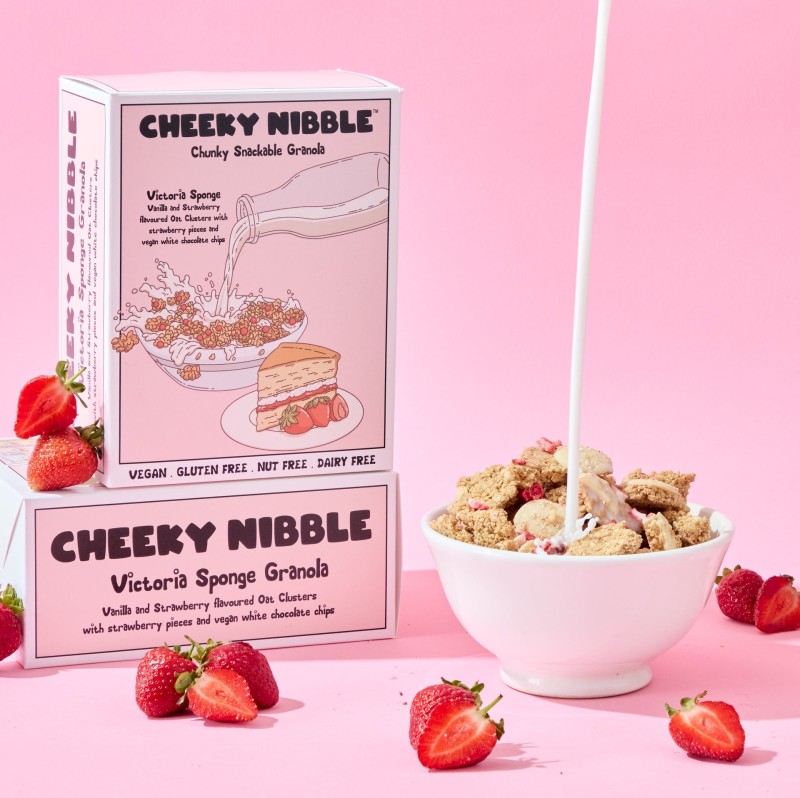
Cheeky Nibble is a company founded by a young woman, who makes healthy granolas that taste like dessert. The granola clusters are flavoured with vanilla and strawberry, and packed with freeze-dried strawberry pieces and vegan white chocolate chips.


